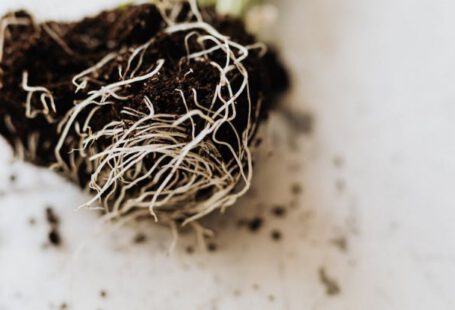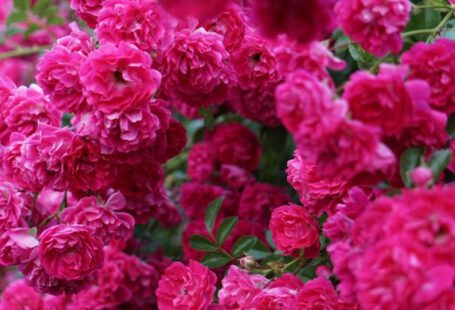Transforming a part of your backyard into a wildflower meadow can bring a burst of color, attract pollinators, and create a charming natural oasis right at your doorstep. While the idea of nurturing a wildflower meadow may seem daunting, it’s actually quite achievable with the right approach. By following a few simple steps and guidelines, you can cultivate a beautiful and eco-friendly wildflower meadow in your own backyard.
Choosing the Right Location
Selecting the ideal location for your wildflower meadow is crucial for its success. Look for an area in your backyard that receives plenty of sunlight, as most wildflowers thrive in sunny spots. Additionally, ensure the area has well-draining soil to prevent waterlogging, which can be detrimental to many wildflower species. Avoid areas with compacted soil or heavy foot traffic, as these conditions can inhibit wildflower growth.
Preparing the Soil
Before sowing your wildflower seeds, it’s essential to prepare the soil to create a hospitable environment for the seeds to germinate and grow successfully. Start by removing any existing vegetation from the area and loosening the soil using a garden fork or tiller. This will help improve soil aeration and create a better seedbed for your wildflowers. Consider adding organic matter, such as compost or well-rotted manure, to enrich the soil and provide essential nutrients for plant growth.
Choosing the Right Wildflower Seeds
Selecting the right mix of wildflower seeds is key to achieving a diverse and colorful meadow. Opt for a mix of native wildflowers that are well-suited to your region’s climate and soil conditions. Native wildflowers are adapted to the local ecosystem and require less maintenance compared to non-native species. Consider choosing a mix that includes a variety of colors, shapes, and bloom times to ensure a continuous display of flowers throughout the growing season.
Sowing the Seeds
Once you have prepared the soil and selected your wildflower seeds, it’s time to sow them in your designated meadow area. For best results, sow the seeds in the spring or fall when soil temperatures are conducive to germination. Scatter the seeds evenly over the prepared soil, gently press them into the ground to ensure good soil contact, and water lightly to help them settle in. Avoid burying the seeds too deeply, as most wildflowers require light to germinate.
Caring for Your Wildflower Meadow
Establishing a wildflower meadow requires patience and ongoing care to ensure its success. Keep the soil moist but not waterlogged during the germination period, and continue to water as needed until the wildflowers are well-established. Once the meadow is established, reduce watering to encourage deep root growth and drought tolerance. Regularly monitor the meadow for weeds and remove any invasive species that may compete with the wildflowers for resources.
Enjoying the Benefits
As your wildflower meadow begins to bloom, sit back and enjoy the beauty and benefits it brings to your backyard. Wildflower meadows not only provide a stunning display of colors but also attract pollinators such as bees, butterflies, and hummingbirds, helping to support local ecosystems. Take time to observe the different wildflower species that emerge throughout the season and appreciate the natural diversity they bring to your outdoor space.
Embracing the Wild Side
Creating a wildflower meadow in your backyard is a rewarding and environmentally friendly way to enhance your outdoor space. By following these simple steps and guidelines, you can cultivate a vibrant and diverse meadow that not only adds beauty to your backyard but also contributes to the health of local wildlife populations. Embrace the wild side of gardening and enjoy the ever-changing tapestry of colors and textures that a wildflower meadow can bring to your home.





